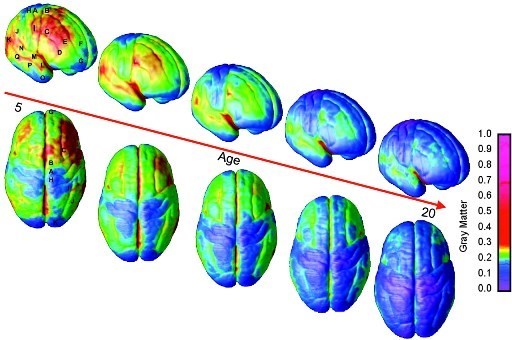Parents
Adolescent brain development 

The brain develops a lot in the first 3-5 years of life. The structure and building blocks are present by age 9. The different centers of the brain become connected over time. The last part to mature is the pre-frontal lobe. This shapes behavior, personality, and decision-making and happens during adolescence.
Key points to remember about adolescent brain development – what youth need:
- A safe environment where teens have loving support is vital for the brain to develop well.
- Adults who talk to them as they are growing up helps.
- When talking to teenagers, check what emotion they are seeing in you. Make sure you always acknowledge their emotions. Help them think about what they are feeling.
- Adults to believe in them and encourage them.
- Young people respond better to rewards than to punishment.
- Set clear, consistent boundaries. Respect their growing capacity and ability to do independent things.
What harms the development of the brain?
Any abuse (verbal, emotional, physical, sexual or neglect) can harm the brain's development. It can affect how the brain works especially in the early years of life. Sometimes the harm is hard to reverse. It is important to protect children throughout their development. Times of peak brain development occur:
- During pregnancy;
- The first 5 years of life; and
- During the second phase of brain development around puberty.
Alcohol and drugs can be harmful to the developing brain. Even one drink can cause brain development damage. During adolescence, connections between brain cells grow stronger. Alcohol and drug use during this stage can affect memory and organization. For optimal brain development, it is best to avoid alcohol until adulthood.
Teen Brain: Behavior, Problem Solving, and Decision Making
Parents may question why their teenagers’ behavior is impulsive, irrational, or dangerous. It may seem like teens don't think things through. They don’t consider the consequences of their actions. Adolescents differ from adults in their behaviors, problem-solving, and decision making. There is a biological explanation for this difference. The brain continues to develop from birth through adolescence and into adulthood.
Changes in the brain include an increase in the connections between the brain cells. These connections make the brain pathways more effective. These changes are essential for the development of coordinated thought, action, and behavior.
Changing Brains Mean Adolescents Act Differently From Adults
Pictures of the brain show teen brains work differently than adults. Emotions and reactive thoughts guide their actions. Drugs and alcohol during the teen years can change or delay these developments.

Based on their brain development, adolescents are more likely to:
- Act on impulse;
- Misread or misinterpret social cues and emotions;
- Get into accidents;
- Get involved in fights; and
- Engage in dangerous or risky behavior.
Adolescents are less likely to:
- Think before they act.
- Pause to consider the consequences of their actions.
- Change their dangerous or inappropriate behaviors.
Knowing more about the brain doesn’t tell us about the brain's function. If a particular structure is immature, the function(s) it governs should show immaturity. Some experts say adolescents take more risks at least partly because they have an immature frontal cortex. This area of the brain takes a second look at something and should select a certain behavior. But it’s complicated to move from structure to function. Deciding what part of the brain caused the behavior isn’t easy. There are adolescents that are hard to get along with. There are adults that are hard to get along with for the same reason. Presumably, the adults have mature brains so linking behavior to brain development isn’t clear.
These brain differences don't mean young people can't make good decisions. They can tell the difference between right and wrong. They should be responsible for their actions. An awareness of the differences can help adults understand and manage adolescent behaviors.
For more information visit:
- Dan Siegel -"The Adolescent Brain" video.
- American Academy of Child & Adolescent Psychiatry (AACAP) factsheets.
- AACAP's Facts for Families provide concise and up-to-date information on issues affecting children, teenagers, and their families. AACAP provides this important information as a public service and the Facts for Families may be duplicated and distributed free of charge.
External links are informational and do not have the endorsement of the Texas Department of State Health Services. External links may not be accessible to individuals with disabilities. For more information about Maternal and Child Health or adolescent health in Texas, please email TitleV@dshs.texas.gov or call (512) 776-7373.

 Highlights
Highlights